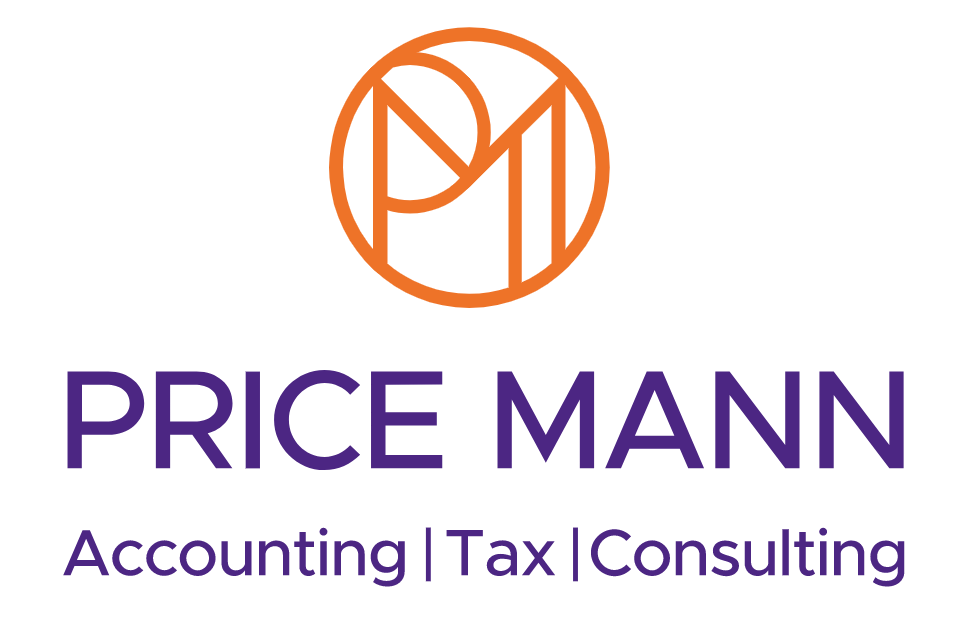For the last 12 months the chancellor has been pouring money to support the UK economy through the COVID-19 pandemic. The good news from yesterday’s budget is this isn’t stopping yet and support for business and the self-employed carries on for the next 6 months. We also know now how the chancellor is going to balance UK PLC’s books in tax rises. After all, the government’s borrowings have hit a peacetime record. Punitive tax measures will kick in from April 2023.
Below is a summary of the announcements of support for businesses, the self-employed and also how the government plans to boost public finances to pay for the COVID-19 support.
Support for businesses: the key points
• The furlough scheme continues to Sept 2021 across the UK. From 1st July the government will reduce the amount of an employee's wage from 80%. Full details of the furlough payments available to businesses are available
here.
• From April 2021, the government is introducing a ‘super deduction’ tax credit scheme by 25p for every pound they invest in new equipment. This scheme will be in place for 2 years. We need to know the details of this scheme, but if you can delay any new equipment purchases until April 2021 it may be in your best interest to do so.
• £5 billion for Restart Grants. These are a one-off cash grant of up to £18,000 for hospitality, accommodation, leisure, personal care and gym businesses in England.
• A new UK-wide Recovery Loan Scheme offering loans between £25k and £10 million, plus invoice finance between £1,000 and £10 million will be available for all businesses to help with recovery.
• VAT cut to 5% for hospitality, accommodation and attractions across the UK until the end of September 2021, followed by a 12.5% rate for a further 6 months until 31st March 2022.
• Eligible businesses in the retail, hospitality and leisure sectors in England will benefit from business rates rising.
• An extension of the apprenticeship hiring incentive in England to September 2021 and an increase of payment to £3,000. Plus, a new “flexi-job” apprenticeship programme and an additional £126 million for 40,000 more traineeships in England.
• Small and medium-sized employers in the UK will continue to be able to reclaim up to 2 weeks of eligible Statutory Sick Pay per employee from the government.
• The current reduction in Stamp Duty Land Tax in England and Northern Ireland will continue until September 2021.
• Individuals and businesses in Scotland, Wales and Northern Ireland continue to be supported by the UK Government through the Coronavirus Job Retention Scheme, self-employment grants, loan schemes and VAT cuts. Devolved administrations have received Barnett funding to provide support in areas of devolved responsibility.
Support for sole traders and self-employed individuals
• The UK-wide Self Employment income support scheme will be extended to Sept 2021, with the criteria relaxing so that more people can now claim for the first time.
Here are the full details of the scheme.
• The 4th SEISS payment will be based on your 2019/2020 tax return, and set at 80% of 3 months’ average trading profits. It will be capped at £7500 and paid out in 1 instalment likely to be available from late April 2021 to 31st May 2021.
• This 4th grant is open to people who meet these criteria:
- Traded in the tax years 2019 to 2020 (and submitted your personal tax return for this year) and 2020 to 2021
- Trading profits under £50,000 and at least equal to your non-trading income
- Are currently trading but are impacted by reduced demand due to the pandemic or the pandemic is temporarily stopping you from trading
- Believe that there will be a significant reduction in your trading profits due to the pandemic
- Plan to trade
• There will be a 5th grant covering May to Sept 2021. The amount of this 5th grant will be determined by how much your turnover has reduced in the year April 2020 to April 2021. I.e., pre-pandemic vs pandemic. This 5th grant will be worth:
- 80% of 3 months’ average trading profits, capped at £7,500, for those with a turnover reduction of 30% or more
- 30% of 3 months’ average trading profits, capped at £2,850, for those with a turnover reduction of less than 30%
How will the government pay for this support:
1. Here is the big one… Corporation tax in 2023 will go up to 25%. The good news is that businesses with a profit of £50,000 or less will continue to be taxed at 19%. And a taper above £50,000 will be introduced so that only businesses with profits greater than £250,000 will be taxed at the full 25% rate.
2. R&D tax credit that a small or medium sized business can receive in 1 year is now capped at £20,000 plus 3 times the company’s total PAYE and NIC’s liability.
3. The income tax Personal Allowance and higher rate thresholds will be frozen from April 2022 until April 2026.
4. Inheritance tax thresholds will stay the same until April 2026
5. Fuel and alcohol duty are staying the same for another year.
6. The Lifetime Allowance for pensions will stay at its current level of £1,073,100 until 2026
7. The adult annual subscription limit for 2021-22 will remain unchanged at £20,000.
The increases in corporation tax combined with the low dividend tax credit may mean that you could be better off by:
1. Staying as self-employed and not moving to a limited company or LLP
2. Increasing the amount of PAYE, you take from the business vs dividends for the tax year 2023/2024
As always, everyone’s individual circumstances are different. And we are here to advise you on the right business structure for you to trade depending on your current situation and plans for the future.













